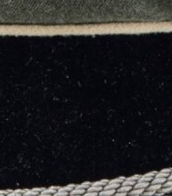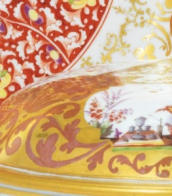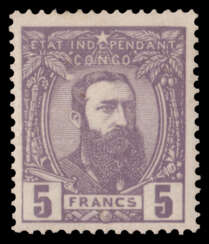belgian

Eugène Joseph Verboeckhoven a Belgian painter, was born at Warneton in West Flanders. He was a painter, a sculptor, an etcher, an engraver, and a lithographer of animals, animated landscapes, and portraits.

Johann Bernhard Klombeck was a landscape painter who belonged to the so-called Klever Romanticism. Klombeck showed his first exhibitions in his hometown of Kleve and in Nijmegen. Between 1843 and 1856 his works were shown i.a. shown at major exhibitions in Amsterdam, Rotterdam, The Hague, Dresden and Berlin. He found his motifs in the landscape of the Lower Rhine and the neighboring Netherlands. They were mostly romantically transfigured motifs with gnarled oaks or castle ruins as eye-catchers. Dramatic cloud formations also became his stylistic features.


Carlo Scarpa was an Italian architect, influenced by the materials, landscape and the history of Venetian culture, and by Japan. Scarpa translated his interests in history, regionalism, invention, and the techniques of the artist and craftsman into ingenious glass and furniture design.


Alfred Émile Léopold Stevens was a Belgian painter, known for his paintings of elegant modern women. After gaining attention early in his career with a social realist painting depicting the plight of poor vagrants, he achieved great critical and popular success with his scenes of upper-middle class Parisian life. In their realistic style and careful finish, his works reveal the influence of 17th-century Dutch genre painting.


Alfred Émile Léopold Stevens was a Belgian painter, known for his paintings of elegant modern women. After gaining attention early in his career with a social realist painting depicting the plight of poor vagrants, he achieved great critical and popular success with his scenes of upper-middle class Parisian life. In their realistic style and careful finish, his works reveal the influence of 17th-century Dutch genre painting.


Alfred Émile Léopold Stevens was a Belgian painter, known for his paintings of elegant modern women. After gaining attention early in his career with a social realist painting depicting the plight of poor vagrants, he achieved great critical and popular success with his scenes of upper-middle class Parisian life. In their realistic style and careful finish, his works reveal the influence of 17th-century Dutch genre painting.

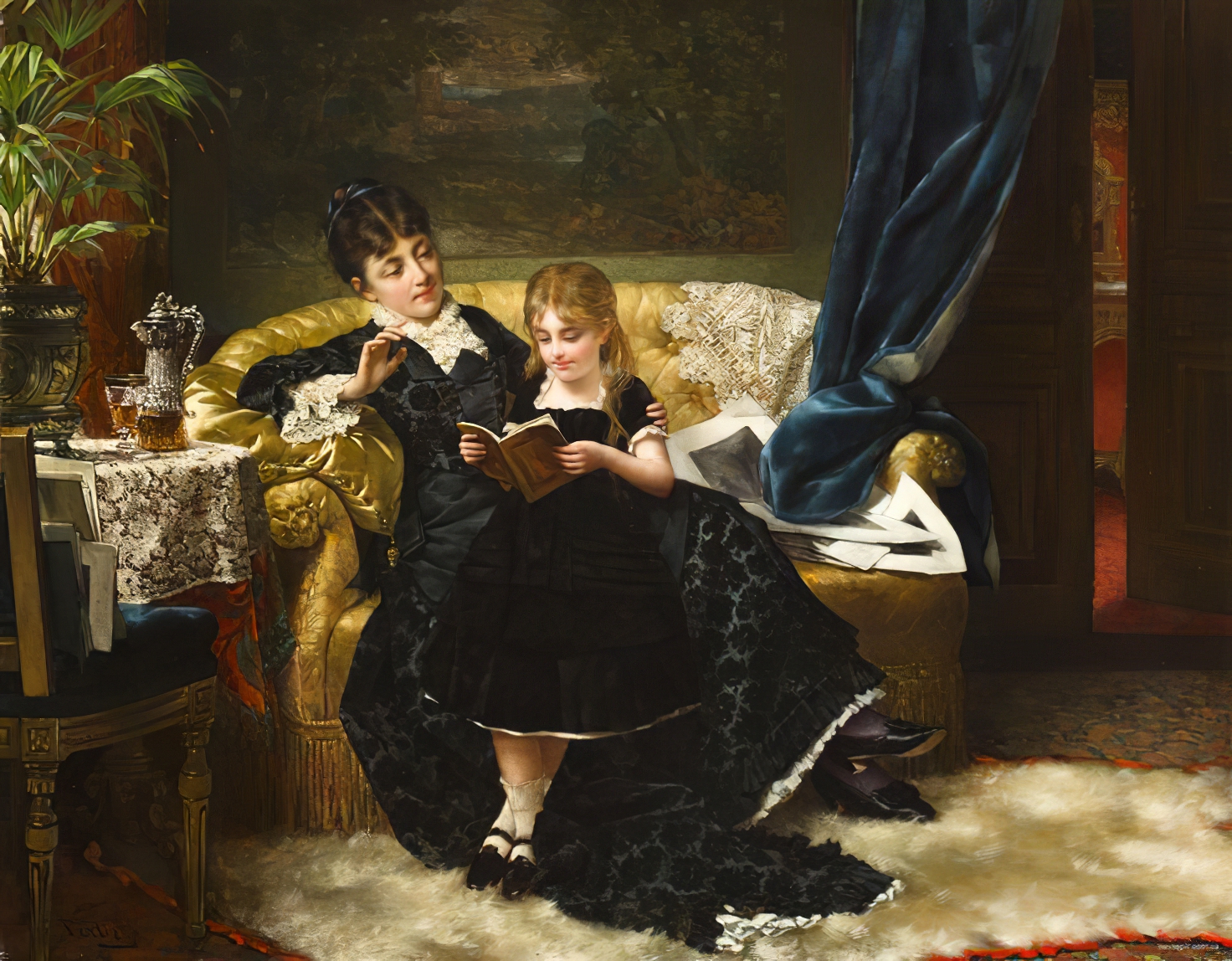
Jan Frederik Pieter Portielje was a Dutch-Belgian painter of genre scenes and portraits; mostly of women.


Jan Baptist Huysmans was a Belgian orientalist painter, traveler and writer.
After graduating from the Antwerp Academy, Jan Baptist Huysmans traveled extensively. During his long and prolific artistic career he visited Greece, Turkey, Syria, Palestine, Egypt and Algeria. These travels resulted in numerous sketches and studies, sketches, paintings and memoirs by the artist, who was fascinated by the culture and landscapes of the countries he saw.
In addition to genre paintings of Eastern life, the artist created religious compositions for churches in Jerusalem and decorative panels for church and municipal buildings in Belgian cities.
Huysmans lived most of his professional life in Paris and exhibited in France, England, and Scotland. He also published several illustrated books about his travels, notably Travels in Italy and the East in 1856-1857.


Alfred Émile Léopold Stevens was a Belgian painter, known for his paintings of elegant modern women. After gaining attention early in his career with a social realist painting depicting the plight of poor vagrants, he achieved great critical and popular success with his scenes of upper-middle class Parisian life. In their realistic style and careful finish, his works reveal the influence of 17th-century Dutch genre painting.

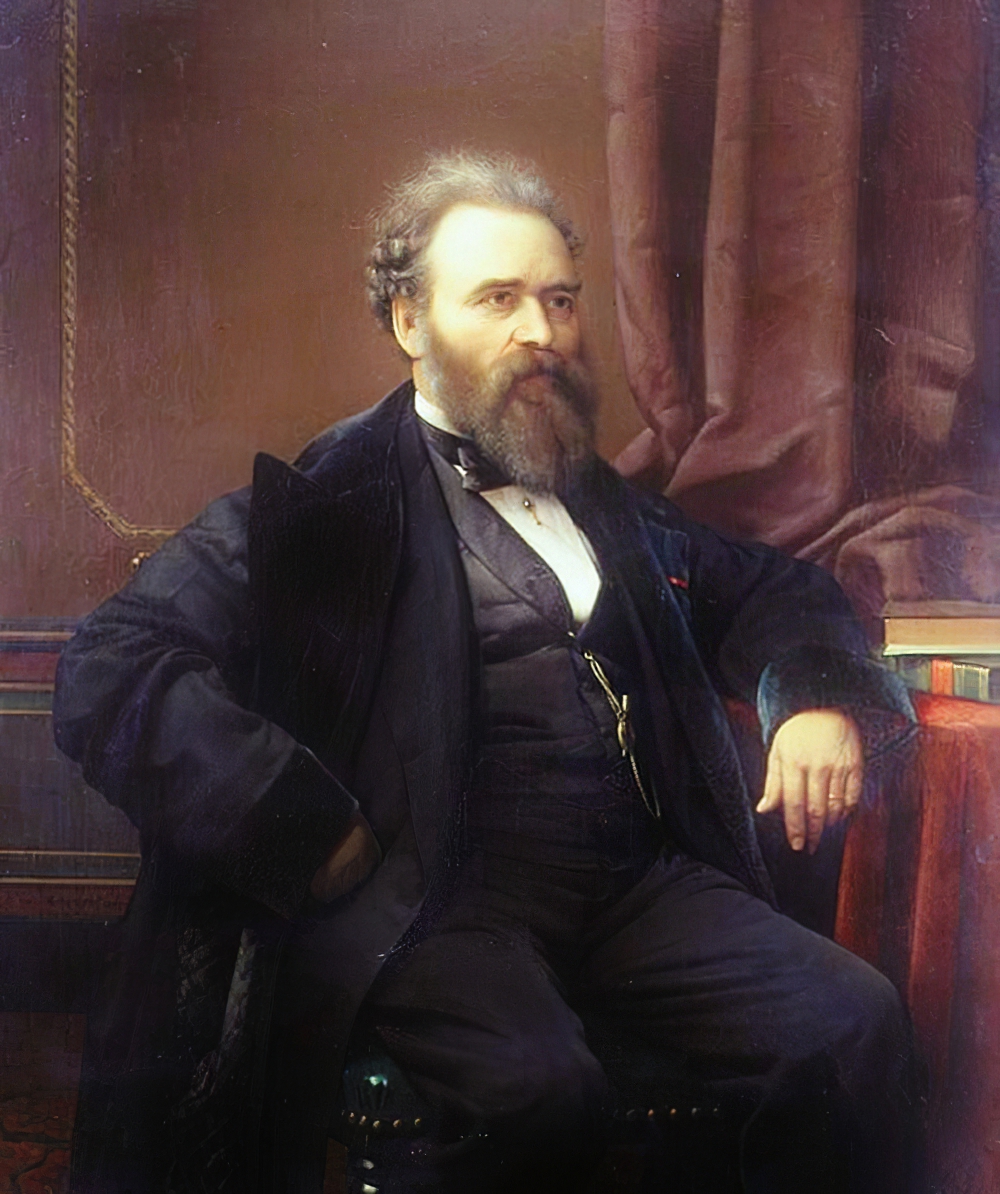
Petrus van Schendel was a Dutch-Belgian genre painter in the Romantic style who specialized in nighttime scenes, lit by lamps or candles. This led to him being known as "Monsieur Chandelle".


Eugène Joseph Verboeckhoven a Belgian painter, was born at Warneton in West Flanders. He was a painter, a sculptor, an etcher, an engraver, and a lithographer of animals, animated landscapes, and portraits.


Fernand Khnopff, full name Fernand-Edmond-Jean-Marie Khnopff, was a Belgian Symbolist painter, graphic artist, sculptor and art historian.
Born into a wealthy family, Fernand attended the Royal Academy of Fine Arts in Brussels, where he studied painting with Xavier Mellerie. Throughout his years at the academy, Khnopff spent summers in Paris studying art, and at the 1878 World's Fair he saw the works of Pre-Raphaelite Edward Burne-Jones and Symbolist Gustave Moreau, which had a decisive influence on his work.
In the early 1880s Khnopff began to exhibit his Symbolist works, often inspired by literary works, particularly by Gustave Flaubert. His paintings combined precise realism with an ethereal fairy-tale atmosphere, and he also painted portraits.
In 1883 Khnopff co-founded Les Vingt, a group of Belgian avant-garde artists. From the early 1990s, he collaborated regularly with the Brussels opera house Royal de la Monnaie, designing costumes and sets for many productions. He also designed the interiors of Brussels' landmark buildings: the Maison Stoclet and the Hôtel de Ville in Saint-Gilles.


Petrus van Schendel was a Dutch-Belgian genre painter in the Romantic style who specialized in nighttime scenes, lit by lamps or candles. This led to him being known as "Monsieur Chandelle".


Petrus van Schendel was a Dutch-Belgian genre painter in the Romantic style who specialized in nighttime scenes, lit by lamps or candles. This led to him being known as "Monsieur Chandelle".



